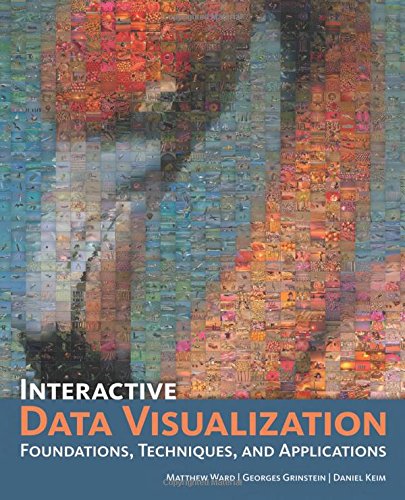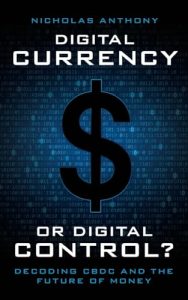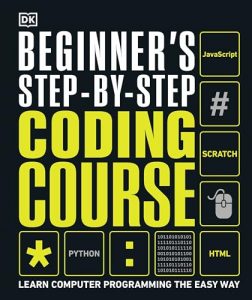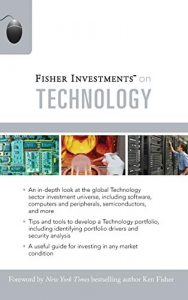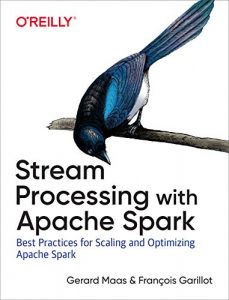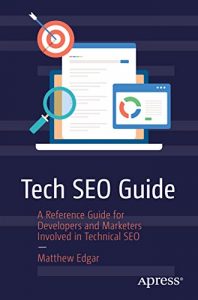Unlocking the Power of Data Visualization
In the age of big data, the ability to transform raw numbers into insightful visuals is more crucial than ever. Data visualization techniques serve to bridge the gap between complex data sets and human comprehension, enabling individuals and businesses to make informed decisions based on clear visual narratives. Whether you’re a data analyst, a business owner, or just a data enthusiast, mastering these techniques can enhance your storytelling abilities and impact your audience significantly.
This blog post highlights a selection of essential books that delve into the various aspects of data visualization. These titles not only offer foundational knowledge but also explore advanced techniques that can elevate your visual presentation skills. Each book presents unique methodologies catering to different skill levels and interests, ensuring there’s something valuable for everyone.
Reviews of Must-Have Books on Data Visualization Techniques
Interactive Data Visualization: Foundations, Techniques, and Applications
This enlightening book is a must-have for anyone serious about mastering interactive data visuals. Authored by Scott Murray, the title provides a comprehensive overview of how to harness the power of data visualization tools to create meaningful interactions with your data. From fundamental principles to hands-on examples, this book forms an essential foundation for both beginners and seasoned professionals. With practical applications and insightful explanations, Murray’s work is both technically sound and creatively inspiring, making it a top recommendation for anyone looking to make their data visuals engaging.
Advanced Analytics with Power BI and Excel
This book offers a detailed exploration of visualization and data analysis techniques using Microsoft Power BI and Excel, integral tools for any data analyst. It goes beyond foundational concepts, empowering readers with advanced methods and practices. Authoring this guide, maneuvering through Python and R as essential complements to BI tools streamlines the analytical process while encouraging innovative visual representations. It’s a well-rounded resource ideal for those who aim to combine analytical prowess with visually appealing outputs.
Infographics Powered by SAS: Data Visualization Techniques for Business Reporting
This book unveils the essential techniques for creating compelling infographics powered by SAS, a vital skill in today’s data-driven environments. For professionals seeking to enhance their reports and presentations, this book serves as a practical guide filled with real-world examples. The step-by-step approach taken by the authors ensures readers can easily grasp the concepts and immediately implement them in their own work. It’s an invaluable asset for business reporting that is sure to impress clients and stakeholders alike.
Fundamentals of Data Visualization: A Primer on Making Informative and Compelling Figures
Aimed at data professionals and enthusiasts, this book by Claus Wilke explores the core principles of effective data visualization. It emphasizes clarity and aesthetics, ensuring that visuals communicate the intended message without unnecessary complexity. The balance of art and science in Wilke’s work is not only insightful but empowers readers to think critically about the designs and techniques they employ in their visualizations. Providing a solid groundwork for any aspiring designer, this title is essential reading.
Security Data Visualization: Graphical Techniques for Network Analysis
For those focused on cybersecurity, this book is a unique offering that melds data visualization with security analysis. It delves into graphical techniques specifically tailored for understanding network structures and vulnerabilities. This insightful work is essential for security professionals looking to enhance their visual communication; it provides a comprehensive look at how to leverage data visualization for better situational awareness. This book equips readers with the tools to convey complex information succinctly and effectively.
Data Points: Visualization That Means Something
This captivating title emphasizes the importance of meaningful data presentation. It guides readers through the landscape of effective data visualization, stressing the necessity of aligning visuals with audience expectations and comprehension levels. Author Nathan Yau combines theoretical insights with practical applications, making this book a valuable guide for creating compelling graphics. It’s especially useful for those who seek to enhance their communication skills in data-centric environments.
Interactive Data Visualization: Foundations, Techniques, and Applications, Second Edition
The second edition of this title builds on the first, expanding the content to incorporate the latest developments in data visualization technologies. This updated resource by Scott M. Murray explores interactive elements thereby enhancing engagement with audiences. It includes a wealth of examples that showcase the versatility of interactive visualizations in varying contexts. This book is perfect for anyone looking to stay ahead of the curve in data presentation capabilities.
Mastering Tableau 2023
This comprehensive guide delves into using Tableau—a leading business intelligence tool to reinforce data visualization capacities. It covers advanced business intelligence techniques and analytics while introducing machine learning aspects to refine your skills. The author leaves no stone unturned, providing practical insights alongside robust examples. This is an essential tool for any analyst or data professional eager to leverage Tableau to its fullest potential, creating cutting-edge visual data presentations.
Data Sketches: A journey of imagination, exploration, and beautiful data visualizations
Rounding out our list, this book offers a creative perspective on data visualization. It engages readers by demonstrating how to combine imagination with data to produce stunning visualizations. This title inspires both novice and experienced visualizers to think outside the box and explore the artistic dimension of data representation. Such an approach highlights the potential for data visualization to be not only informative but also aesthetically pleasing.

